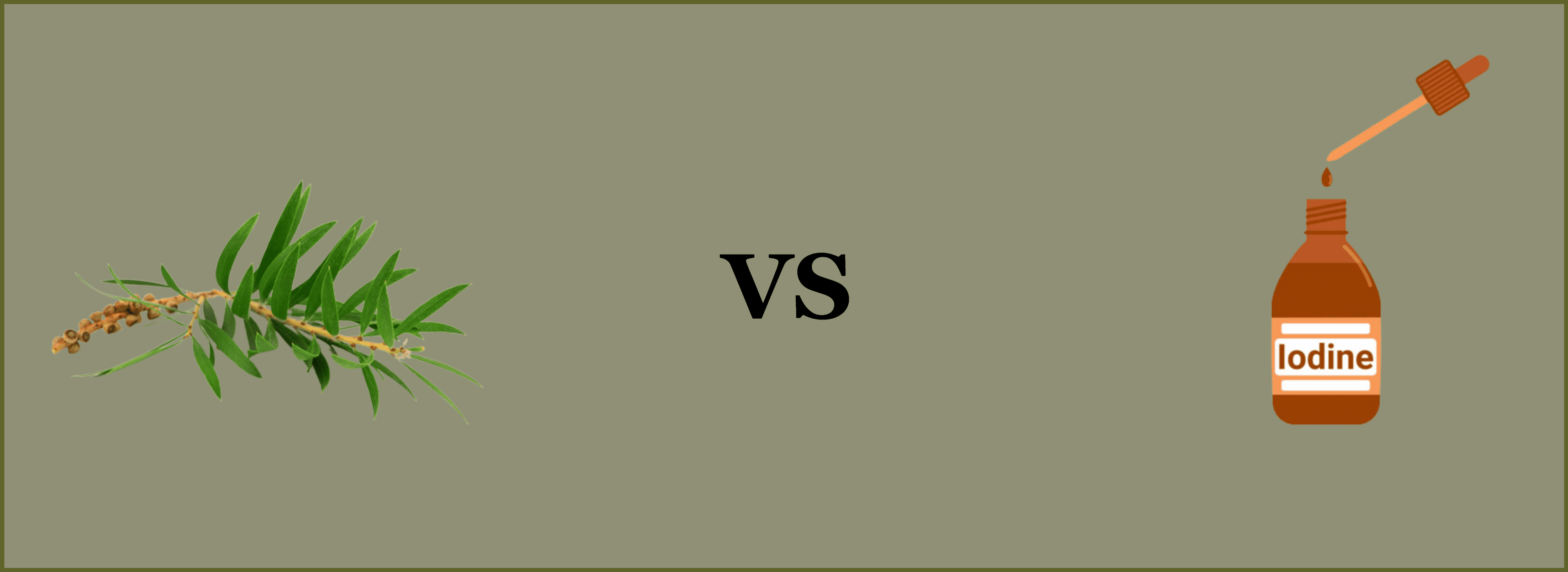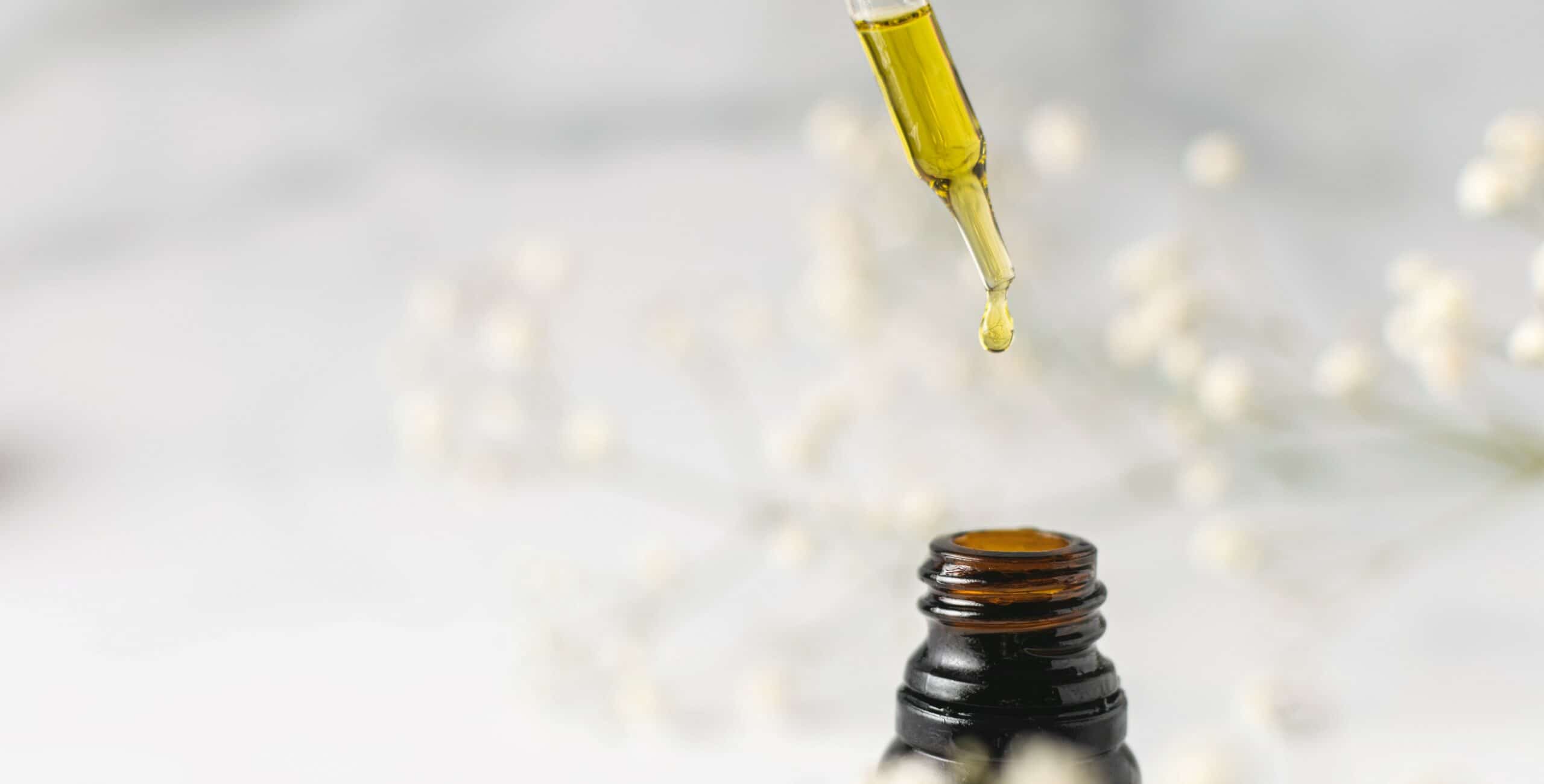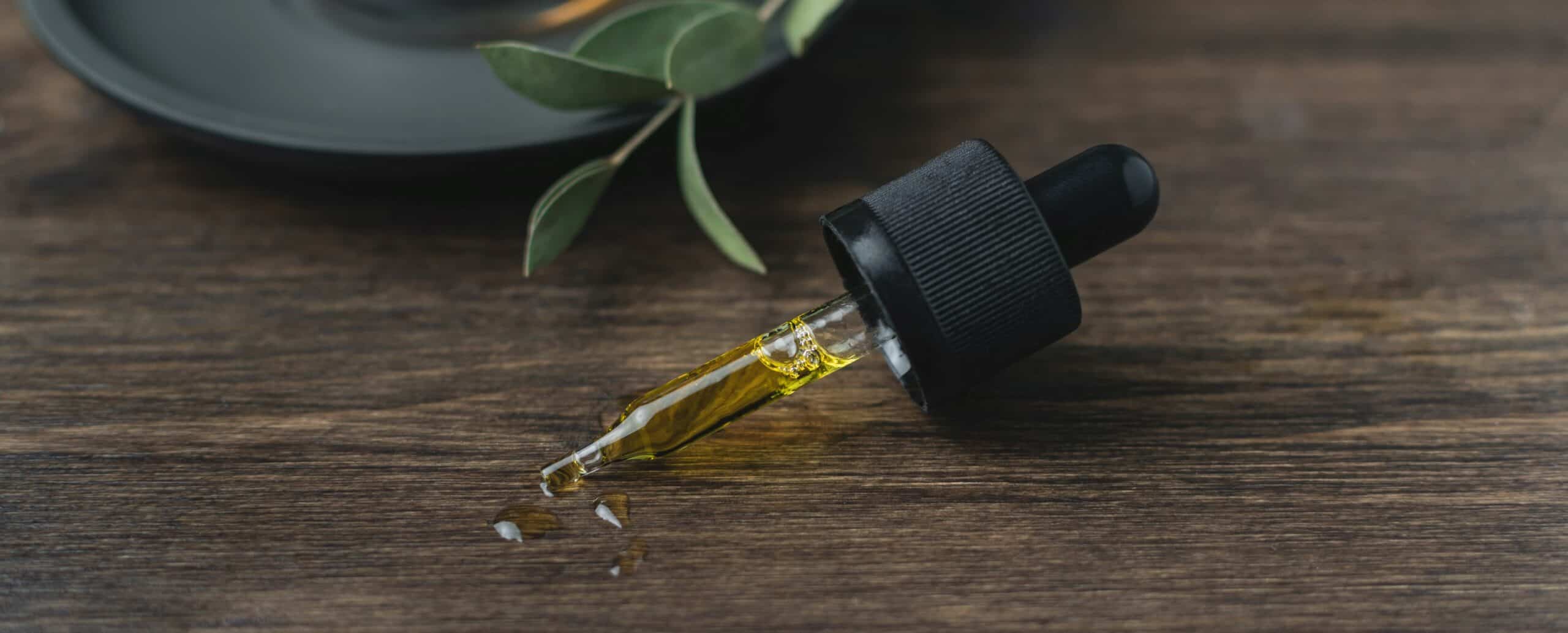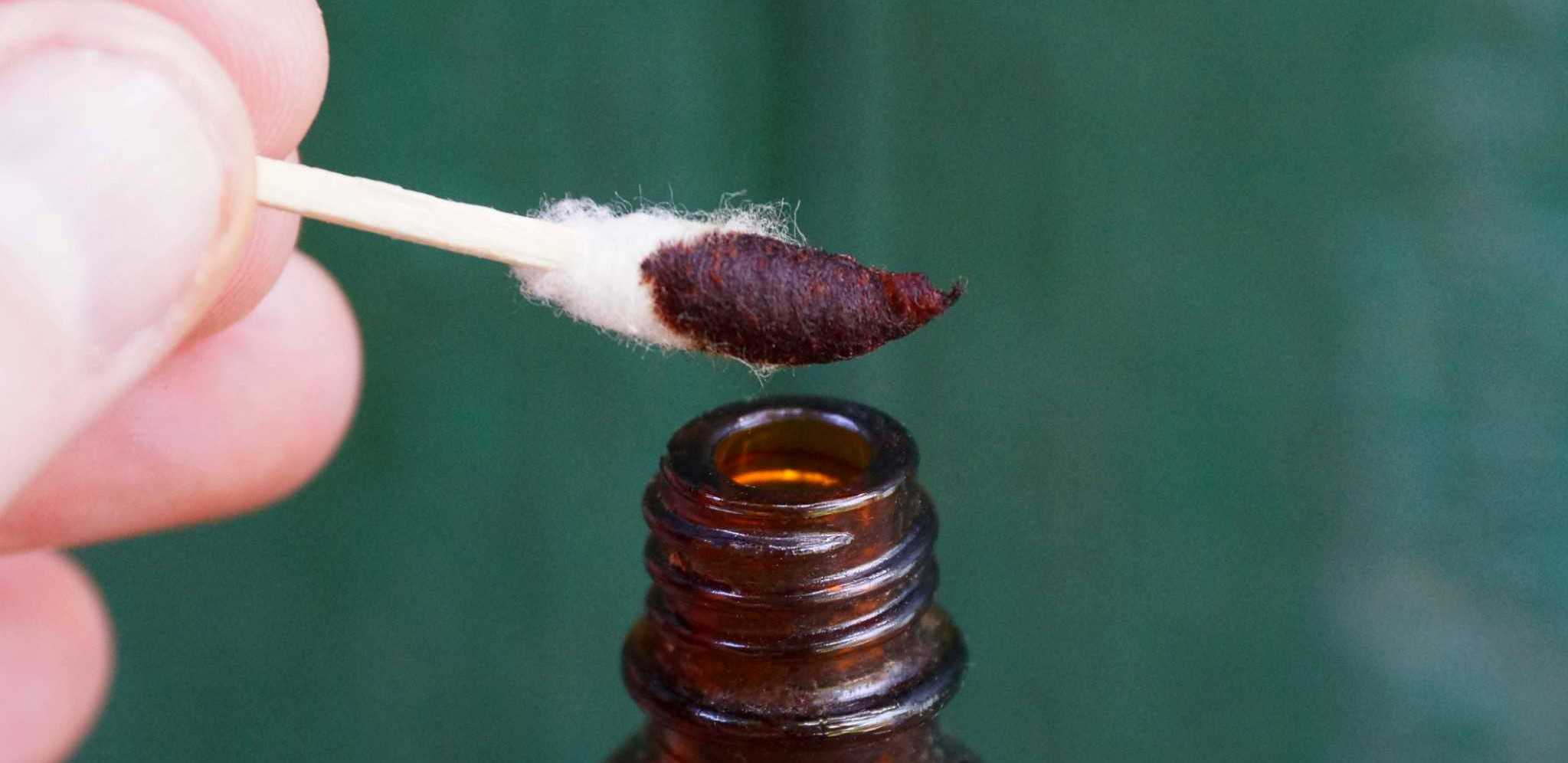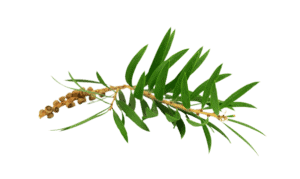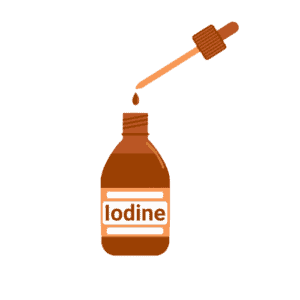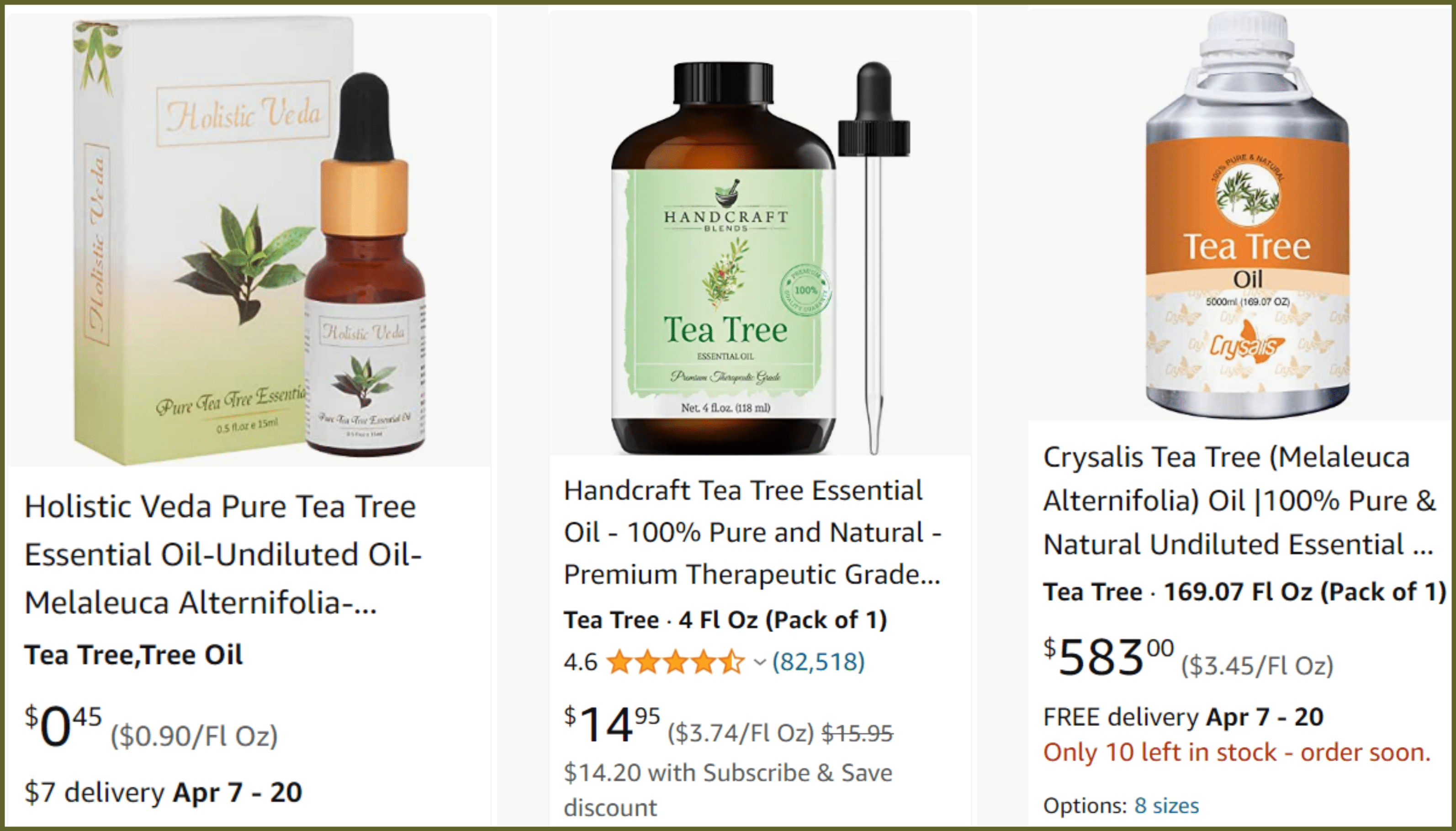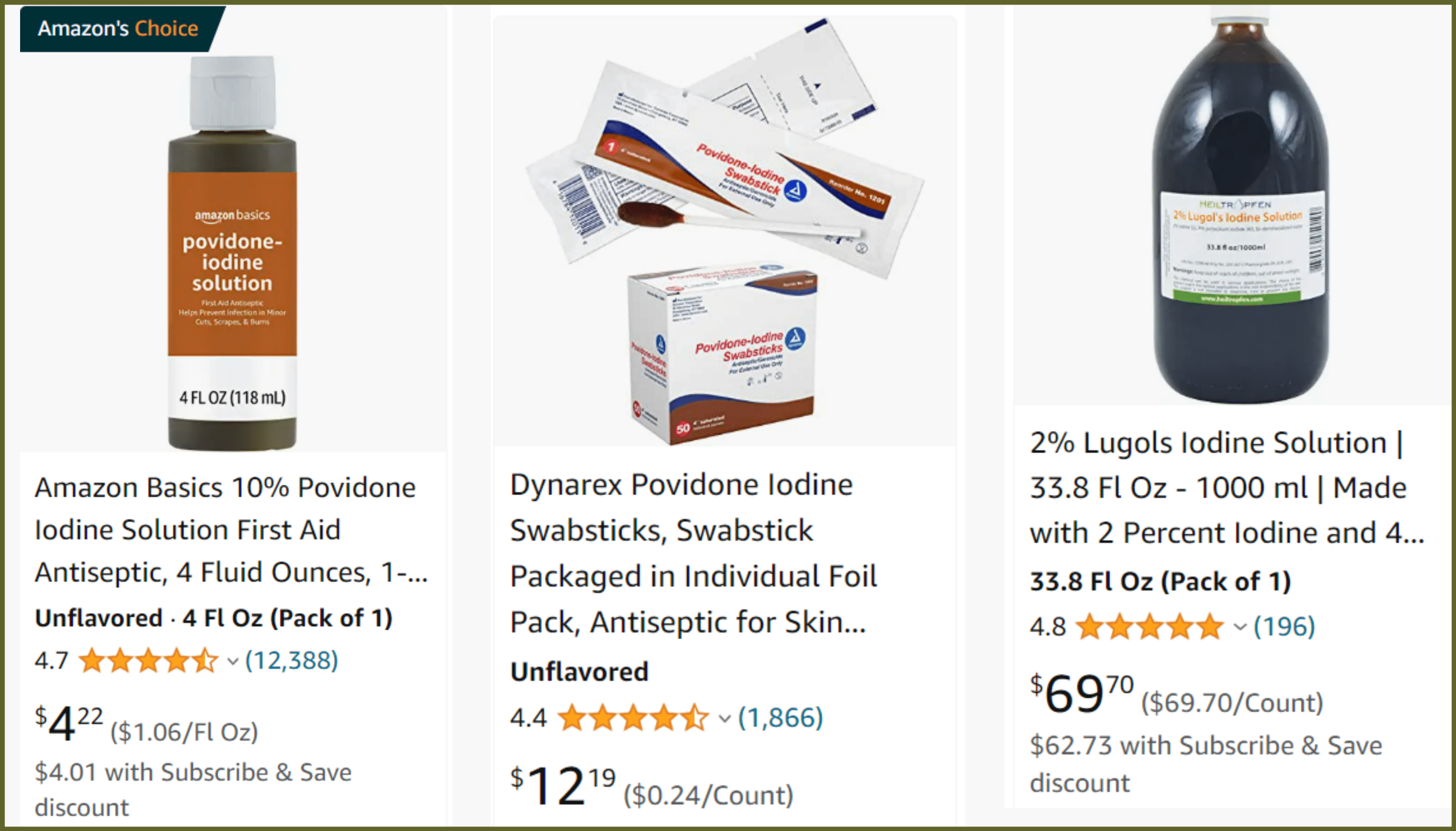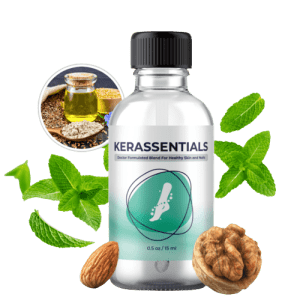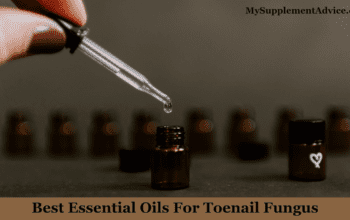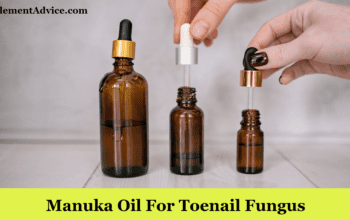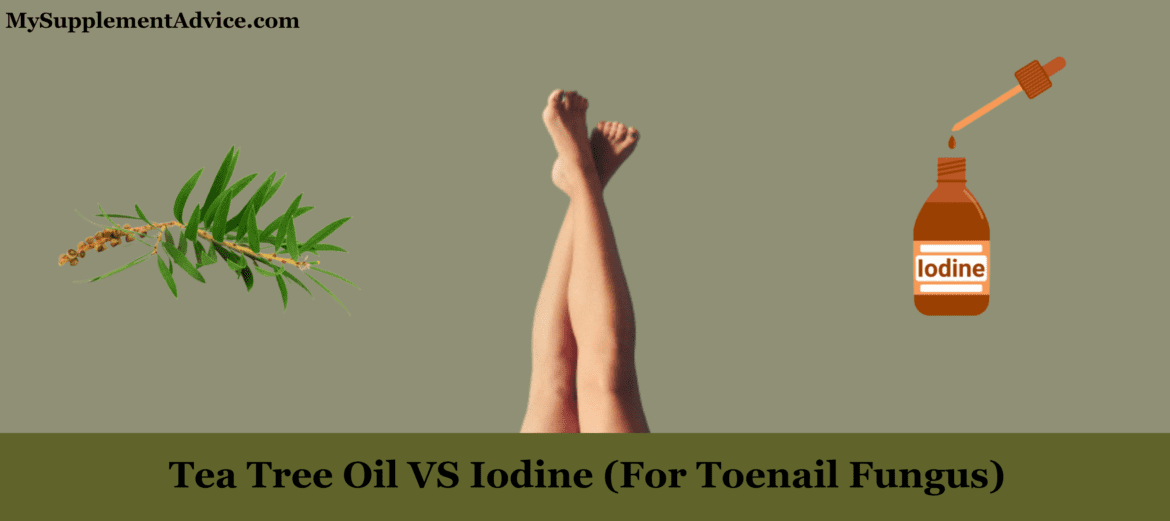
This article will compare Tea Tree Oil VS Iodine for toenail fungus.
While looking for ways to treat your onychomycosis, I'm sure you stumbled upon these two options.
If that's the case, you're likely a little confused about which one to go for.
Well, allow me to help with that:
- How does each of them work for fungus?
- Which one is more potent?
- What does the research say?
In other words, we will look into the ins and outs of these two ingredients.
By the end of this comparison, you should know which one is more suitable.
Note: This review is based on my research on these 2 ingredients.
Tea Tree Oil VS Iodine? (In A Nutshell)
After looking at both options, I can safely say that Tea Tree Oil is superior.
There are multiple reasons why it's better for toenail fungus:
- more concentrated
- is the subject of more clinical studies
- potentially safer than standardized anti-fungal medicine
- side effects can be bypassed by diluting the oil
- really affordable
In truth, neither option is necessarily bad.
Still – when compared one by one, tea tree oil offers more enticing benefits.
Not to mention that it's so readily available!
Now – take care to follow a couple of precautions when making the best of this essential oil:
- Every 1 to 2 drops of tea tree oil require around 12 drops of carrier oil.
- Do a patch test using this mixture and wait for a couple of hours.
If you don't notice any strange reactions, there should be nothing to worry about.
So you can get the best out of it with no issues.
Of course, as a home remedy, this can be pretty good.
However, if you want a more potent way of getting rid of toenail fungus…
I highly recommend an anti-fungal treatment formulated specifically for this.
On that note, have you heard of Kerassentials?
It's a topical treatment that has every chance to solve your problem.
#1 – Potency & Strength – WINNER: TEA TREE OIL
This might as well be the most influential aspect of this comparison.
Let us look at the proven efficacy of these two ingredients:
- what each of them does
- how well they perform
To keep this short, tea tree oil is the preferred option here:
- proven to reduce the growth of Trichophyton rubrum (a type of nail fungus) [1]
- studies were conducted in larger numbers
Overall, it seems like there are more extensive studies when it comes to tea tree oil.
While more research is needed when it comes to how efficient it is on the human body…
It surely beats out iodine.
The latter only has a few isolated studies coordinated on its anti-fungal potential.
1. Tea Tree Oil
Let's first take a look at the general aspects of this essential oil:
- comes from the leaves of Melaleuca alternifolia, native to Australia
- has a long history of being used as a traditional medicine
- available in either diluted or undiluted form
- contains certain compounds (such as terpinen-4-ol) that can kill bacteria, viruses, and fungi [2]
- the aforementioned ingredient stimulates the activity of white blood cells [3]
If you didn't know, white blood cells are responsible for fighting all sorts of invaders in the organism.
As such, this explains why tea tree oil is regarded as an antimicrobial agent.
However, you should know that it was mainly observed on fungal strains in labs:
- it has the potential to stunt the growth of fungi
- but there are no extensive studies on its efficacy when it comes to infections in the human body
Thus, while it is suggested that tea tree oil takes action against fungus…
You cannot expect it to single-handedly remove your infection.
Still, it is true that there seem to be more studies regarding this particular oil.
This is precisely why I feel more confident naming it as the winner of this category.
There is simply much more information regarding this topic than in the case of iodine.
2. Iodine
Similarly, let's look at what makes people consider iodine:
- has anti-fungal properties [4]
- also works as an antiseptic
- has a dark brown shade (in the form of tincture)
- combats infections
In short, the antiseptic action of iodine makes it suitable for fungus.
However, be aware that tincture of iodine can stain the skin and nails.
If you want to avoid this, make sure to go for decolorized iodine.
That way, you won't have to worry about this risk.
Still, the main use of iodine is for wound healing and disinfection.
Thus, it's not the first option people think of when they need an anti-fungal remedy.
For this reason alone, I would recommend tea tree oil over it.
Conclusion
In terms of which option yields more promising results…
I would go for tea tree oil.
This is because its antimicrobial properties are the main attraction of this essential oil.
The same cannot be said for iodine, which has an array of other uses.
As such, its effect may not be as concentrated as that of tea tree oil.
#2 – Clinical Studies & Research – WINNER: TEA TREE OIL
In this section, we will look at what the research says about these two remedies:
- Do clinical studies focus on one option more than the other?
- Does science favor one of the two?
In truth, tea tree oil and iodine are both known for inhibiting fungus.
However, it just so happens that research is more extensive when it comes to the former option.
This is why I feel more comfortable naming it the winner.
1. Tea Tree Oil
Let's talk about what tea tree oil does in this regard.
Here are a few details:
- antifungal properties
- lower risk of side effects than standard medicine [5]
- good for relieving the symptoms of athlete's foot [6]
This is what I can tell you about the function of tea tree oil in combating fungus.
I must disclose that I had a much easier time finding articles about tea tree oil.
Perhaps this is just because essential oils tend to be more popular.
Especially when it comes to the topic of home remedies.
In turn, clinical studies end up focusing more on this option…
Simply because it's more sought after.
2. Iodine
Let's move on to iodine now.
Here's a summary of what it can offer in combating fungus:
- inhibits the growth of fungi
- great for disinfecting wounds
- antiseptic action
For the most part, this is what iodine does.
Because it serves many purposes in hospitals as well as for the average individual…
It was more challenging to find articles that talked in detail about the anti-fungal potency of iodine.
In turn, this also means that there is not that much to read when it comes to this subject.
I suppose this has to do with the fact that iodine is not that popular.
Honestly, that's not necessarily a bad thing.
But it seems to affect the way research prioritizes its studies.
Conclusion
On the topic of research, it is clear that tea tree oil is favored.
There are simply much more articles available that talk about this option.
While iodine is not a bad idea, the fact that you can learn much more about tea tree oil is very reassuring.
From this perspective, I feel like tea tree oil is a much more pertinent choice.
#3 – Side Effects – WINNER: TEA TREE OIL
Finally, we address the topic of your own safety.
Let's see – do any of these remedies endanger your well-being?
I'm about to give you more details.
1. Tea Tree Oil
Essential oils are not normally a cause for concern.
Still – make sure to never ingest tea tree oil, as it's not safe for internal administration [7].
You should always choose to apply it topically.
Of course, this is as long as you make sure to dilute it with a carrier oil.
Otherwise, tea tree oil is too concentrated on its own and can lead to:
- skin irritation
- redness
- burning
However, you can avoid these issues if you dilute tea tree oil properly.
If you don't know how to go about it, here are the instructions:
- For every 1 to 2 drops of tea tree oil, add about 12 drops of carrier oil.
- Apply this mixture to your forearm and watch for any reactions from your body.
If a few hours have passed and nothing out of the ordinary happened…
You are likely safe to use the diluted oil on the toenail fungus.
As to which oils count as carriers, here are a few contenders:
- jojoba oil
- argan oil
- coconut oil
Any of the above options will do just fine at diluting the tea tree oil.
If you do everything by the book, you should not run into any side reactions.
But tea tree oil is pretty popular even for scalp fungus, so its skin reactions are pretty rare (especially if diluted correctly).
2. Iodine
As to whether or not iodine is safe for you…
There are a couple of issues you should look out for:
- local swelling
- itching
- rashes
For the most part, however, you should not have anything to worry about.
Of course, this is assuming you don't go overboard with the amount of iodine you are applying.
It is best to seek the advice of a specialist if you want to know very specific details.
Generally, using this as a treatment for toenail fungus should not pose much threat.
Conclusion
For this section, tea tree oil is yet again the winner.
This is because while neither options are necessarily dangerous…
It is much easier to prevent tea tree oil from being problematic.
This is, of course, through diluting it with carrier oil.
So it's definitely in your best interest to not forget that step!
#4 – Price – WINNER: TEA TREE OIL
This is yet another important aspect to take into account.
Let us see – which option gives the most bang for your buck?
Also, are you better off with the more affordable option…
Or is it preferable to deal with a higher price to get the most favorable results?
1. Tea Tree Oil
For this section, I will take the prices on Amazon as a point of reference.
Honestly, essential oils are known for being very easy on the wallet…
So I was definitely not surprised by the price range:
- the most affordable options are even below $1
- the most expensive is $583
As you can see, the price starts very low…
But it can get quite up there.
Of course, you do not have to go and grab the most expensive version out there.
I merely mentioned it to be as thorough as possible.
You can get away just fine with buying an affordable option.
In fact, tea tree oil of any price should be just as good…
Assuming that it comes from a trustworthy producer, of course.
That being said, it's definitely an accessible remedy for toenail fungus.
2. Iodine
As for iodine, the same process will apply.
However, I made sure to mainly look at versions that count as topical treatments.
Here is what I found:
- the lowest price is around $4.22
- the highest goes up to $69.70
It seems like iodine starts off a little more expensive than tea tree oil.
However, the fanciest option is much more affordable than its counterpart.
In truth, the same concept applies to iodine as well.
You are definitely not obligated to buy something expensive.
That's because any version should be good enough…
So long as it comes from a reputable source.
In fact, this is why it's important to look at reviews before buying a product, right?
Conclusion
If you want to spend as little as possible, tea tree oil is the way to go.
Honestly, it doesn't even matter how much you pay for it.
It should be just as good regardless of this aspect.
This is why it's never a bad idea to give an essential oil a try.
Financially speaking, at least!
My Verdict – Tea Tree Oil Or Iodine?
Short answer: Tea Tree Oil – it simply comes out on top:
- a larger array of studies about it
- more focused on anti-fungal activity
- can be safer than standard medicine
- side effects can be avoided by diluting the oil
- more affordable
Now – while iodine is far from a bad choice…
Tea tree oil simply offers more significant benefits.
Not to mention that it is very easy to obtain!
In fact, if you want to maximize your chances of removing toenail fungus…
You might want to look into a ready-made product that contains tea tree oil.
That way, you get a curated treatment that offers the benefits of this essential oil…
While also making use of many other useful ingredients!
Luckily for you, I happen to have the perfect anti-fungal product in mind.
That being said, how about I let you know my #1 recommendation?
I'm talking about Kerassentials:
- very good ingredients
- 100% natural formulation
- removes the root of the fungus
- combats fungal buildup
- very safe
- highly convenient to use
Just in case you were wondering – yes, Kerassentials also contains tea tree oil!
So it's sure to give you all of its benefits, plus much more.
It's truly the best product of this kind that I have come across.
Trust me when I tell you that it can treat your onychomycosis in no time!
Check out the review for all the details, if you want.
Who knows? This might be exactly what you've been looking for.
References:
1 – https://link.springer.com/article/10.1007/s11046-013-9622-7
2 – https://pubmed.ncbi.nlm.nih.gov/16418522/
3 – https://pubmed.ncbi.nlm.nih.gov/10519561/
4 – https://pubmed.ncbi.nlm.nih.gov/6724127/
5 – https://pubmed.ncbi.nlm.nih.gov/8195735/

